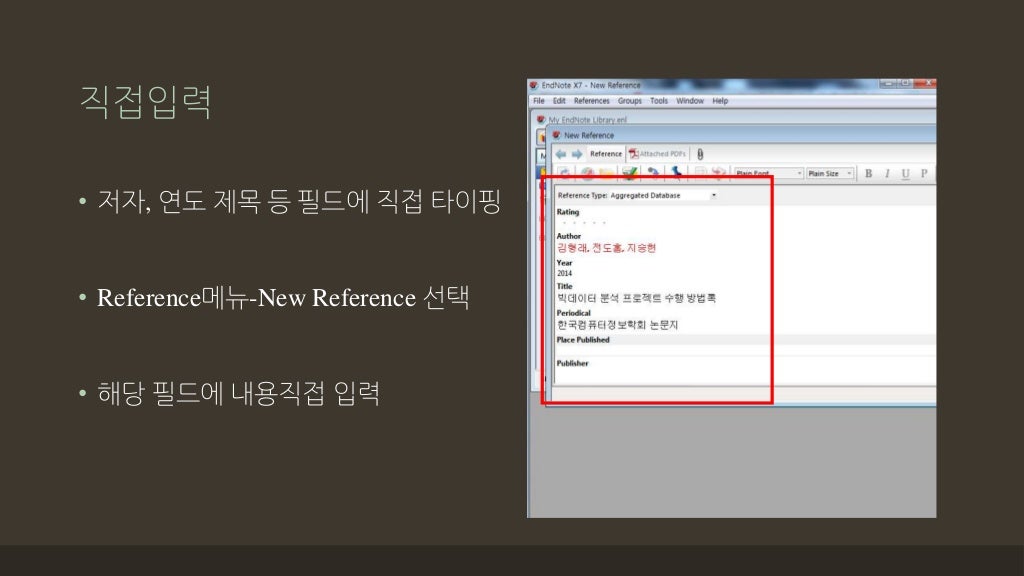
The Microsoft Supply Chain Platform harmonizes data across legacy and new enterprise resource planning (ERP) and supply chain systems to provide real-time data visibility facilitate actionable insights predict supply shortages, potential stockouts, or shipment delays and improve collaboration across teams and suppliers. Gain agility and deliver world-class fulfillment experiences like accurate available-to-promise (ATP) and direct store delivery (DSD) for direct-to-consumer (DTC) orders.Īt the Gartner Supply Chain Symposium, attendees will see how the Microsoft Supply Chain Center empowers supply chain professionals to use AI copilots to generate actionable insights to increase productivity, shorten lead times, and improve overall supply chain performance.Generate intelligent insights and rapidly act on recommendations with Microsoft Supply Chain Center.

Embrace AI-enabled risk mitigation to deliver better business outcomes while improving customer and employee experiences.That’s why on May 8 through 10 in Orlando, Florida, at the Gartner Supply Chain Symposium Xpo™ 2023, we’re presenting a deep dive into the practical ways organizations can unlock supply chain productivity with a copilot approach to AI.Īttendees can also join us at our booth (#443), where we will highlight how supply chain leaders can utilize Microsoft Dynamics 365 to:

It can help CSCOs solidify the strategic importance of supply chain functions and its value as strategic business partners. At the same time, CSCOs must enable the adoption of new productivity tools, such as generative AI, to help organizations rethink the status quo.Īt Microsoft, we recently introduced Microsoft Dynamics 365 Copilot to bring next-generation AI to every line of business. 1 To truly deliver a proactive, resilient supply chain, Chief Supply Chain Officers (CSCOs) need a clear digital transformation strategy that builds on top of existing investments in data to uncover new insights. Yet only 22 percent of companies have a proactive supply chain network, meaning disruptions or shifts in supply or demand can quickly escalate into significant issues.

Achieving supply chain excellence today requires orchestrating complex global operations with agility, adapting to rapid and continuous change, and navigating economic headwinds and ongoing disruptions.


 0 kommentar(er)
0 kommentar(er)
